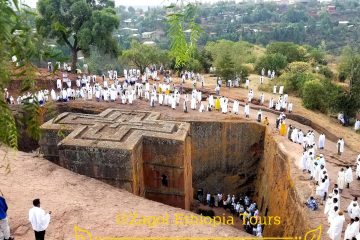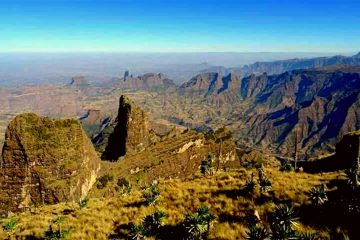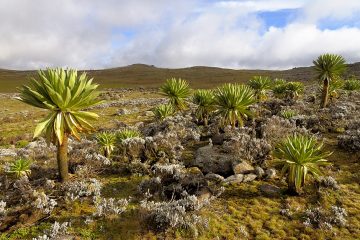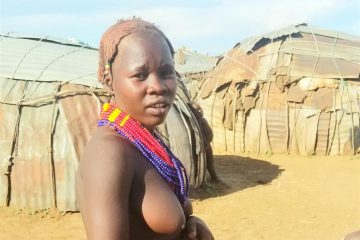Hamer people are one of the most known Omo Valley tribes in South Ethiopia Cultural tourism destination. They inhabit the territory east of the Omo River and with the main settlement in Turmi and Dimeka. They are cattle herders and practice agriculture. Very colorful bracelets and beads are worn in their hair and around their waists and arms. The practice of body modification is used by cutting themselves and packing the wound with ash and charcoal. Some of the women wear circular wedge necklaces indicating that they are married. Men paint themselves with white chalk to prepare for a ceremony. Hair ornaments worn by the men indicate a previous kill of an enemy or animal.
The traditional bull jumping is a rite of passage for men coming of age must be done before a man is permitted to marry. The event lasts three days and involves only castrated cattle. The man must jump over a line of 10 to 30 bulls four times completely nude without falling. And only castrated male cattle and cows may be used to jump over. This test is performed while naked (except for a few cords bound across the chest) as a symbol of the childhood he is about to leave behind him. On completion of this test, the young man joins the ranks of the maza – Maza are other men that have successfully completed the bull jumping event. During this ceremony, the women of the tribe provoke the maza to whip them on their bare backs. This is extremely painful and causes severe scaring on the women. The scars are a symbol of devotion to the men and are encouraged by the tribe. Night dancing called evangadi is also a Hammer tradition. The Hammers have unique huts that are made up of mud, wood and straw.




